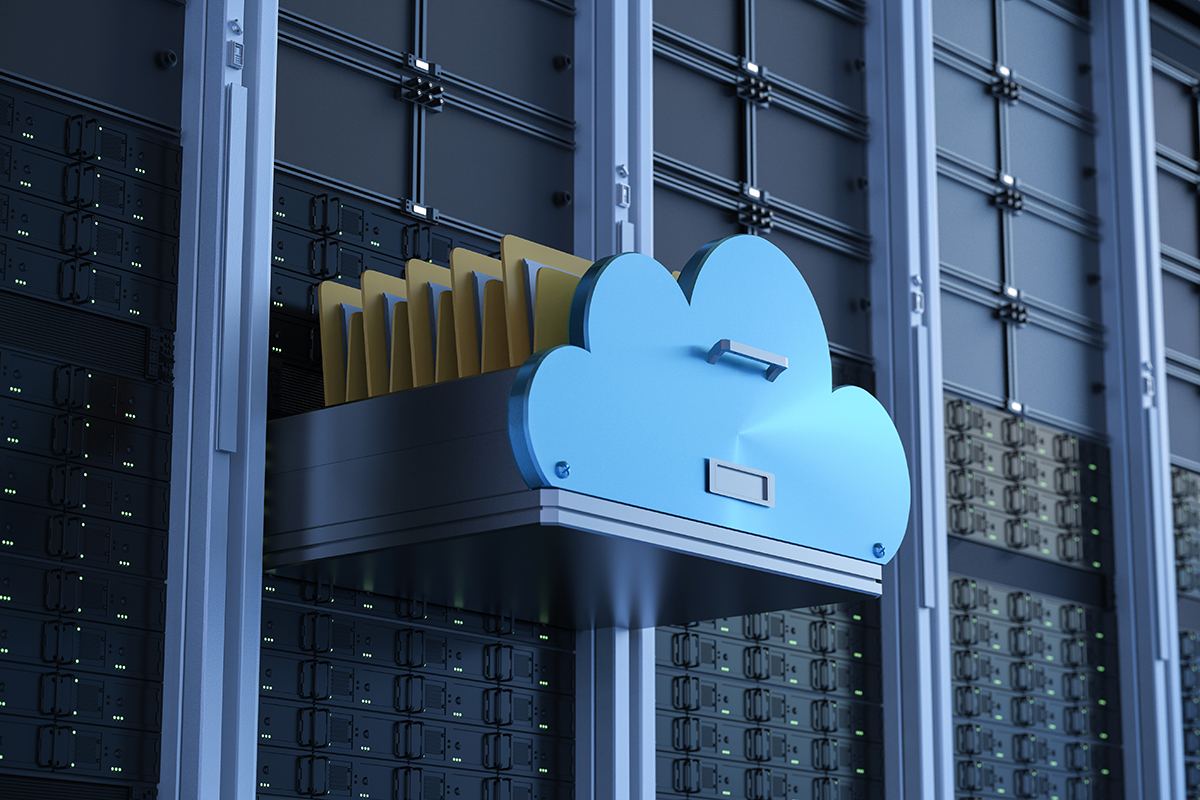
Optimize Employee Experience Pt 3: Measure Employee Engagement

Only 16% of employees worldwide are fully engaged. This means that 84% of workers are merely “coming to work,” and not contributing to their full potential. Employee engagement aids in building a strong company culture and better outputs. Companies must take the time to explore what engages and/or disengages their employees to create a more committed and present workforce.
What is Employee Engagement?
Employee engagement is a human resources (HR) concept that describes the level of enthusiasm and dedication a worker feels toward their job. Research shows that organizations with highly engaged employees have 17% higher productivity and 21% higher profitability. Bottom line: engaged employees work harder and stay longer. Additionally, a few reasons to get curious about employee engagement include:
To identify strengths and problem areas: Measuring engagement can help identify tasks that may be disengaging, teams that are struggling, employees’ individuals’ strengths, and which teams are thriving. That information can be used to amend processes and team structures to put people in a better position to succeed.
To build trust: Involving employees in this process shows that you care about their opinions and proves that you’re there to listen and create the best experience possible.
Build self-esteem: When an employee understands their own engagement, it gives them data into their personal strengths and weaknesses. They can then work with their managers to capitalize on their strengths and create action items for how to improve in their underdeveloped areas.
How to Measure Employee Engagement
Employee engagement metrics are undoubtably a competitive advantage for organizations of any size. But how do you gather those metrics? The following list includes a variety of systems companies can activate to gather insights into their employees’ engagement levels.
- Key Performance Indicators (KPIs)
- KPIs are measurable values that demonstrate how effectively a person is achieving key business objectives. KPIs can quickly draw attention to low performing employees so leaders can work to increase their engagement rate
- Employee Net Promoter Score (eNPS)
- This scoring system is designed to help employers effectively measure both employee satisfaction and loyalty
- The system involves a two-question survey:
- The first asks employees to rate, on a scale from 0-10, how likely they are to recommend the organization to others
- The second question is an open-ended one, asking why they chose the rating they did
- Surveys
- Annual employee engagement surveys are distributed once a year to gather a macro, data-driven understanding of their employees’ thoughts and feelings
- Pulse surveys are distributed more frequently and used to get a real-time view of how employees are feeling
- 1-on-1s
- The old-fashioned way of simply having a conversation with an employee is a fast and effective way of discovering highs and lows. Higher frequency of 1-on-1s means problems can be addressed quicker
- Retention Rates
- Employee tenure and turnover rates are important to measure and track quarterly engagement
- The following statistics show the significance of measuring retention:
- 23% of new hires turnover before their first anniversary
- 69% of employees are more likely to stay with the company for at least 3 years if they had good onboarding experience
- CSAT (Customer Satisfaction Score)
- CSATs are customer loyalty metric used by companies to gauge how satisfied a customer is with a particular interaction or overall experience. This can be utilized to measure how engaged your customer services team members are in their jobs
- New Hire 90-day Failure Rate
- This metric is critical to understanding and measuring employee satisfaction from the onset
- Employees leaving within 90 days can highlight failures in the onboarding process
- Platform Adoption Metrics
- Colleagues that feel engaged will heavily use the collaboration tools made available to them
Elevating Employee Engagement
The increase of remote work paired with the digital age offering endless options for distraction has employees less engaged in work than ever. Employers must play an active role in understanding their peoples’ feelings towards work to unlock the many advantages of a highly engaged workforce. Many tools exist to collect employee engagement metrics which can be used to reward highly engaged employees and make changes to prevent disengagement. By participating in this process, employers and employees alike can build trust, elevate satisfaction levels, and deliver better products and services.
The Apexon Employee Experience solution leverages multiple Salesforce Cloud products, including Marketing Cloud, Service Cloud, the Platform Productivity Cloud and Experience Cloud, to achieve end to end Employee Experience. To learn more, visit Apexon’s Salesforce Services or get in touch using the form below.
Want to learn more? Read part 1 here.




